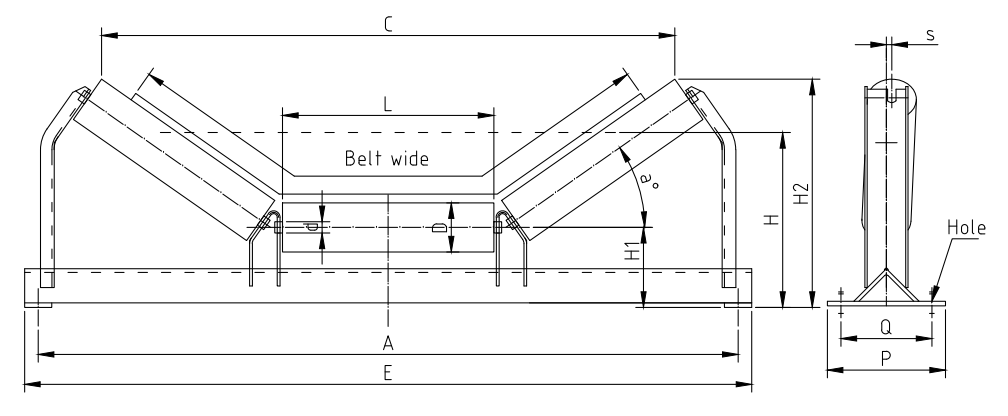 Afrikaans
Afrikaans  Albanian
Albanian  Amharic
Amharic  Arabic
Arabic  Armenian
Armenian  Azerbaijani
Azerbaijani  Basque
Basque  Belarusian
Belarusian  Bengali
Bengali  Bosnian
Bosnian  Bulgarian
Bulgarian  Catalan
Catalan  Cebuano
Cebuano  Corsican
Corsican  Croatian
Croatian  Czech
Czech  Danish
Danish  Dutch
Dutch  English
English  Esperanto
Esperanto  Estonian
Estonian  Finnish
Finnish  French
French  Frisian
Frisian  Galician
Galician  Georgian
Georgian  German
German  Greek
Greek  Gujarati
Gujarati  Haitian Creole
Haitian Creole  hausa
hausa  hawaiian
hawaiian  Hebrew
Hebrew  Hindi
Hindi  Miao
Miao  Hungarian
Hungarian  Icelandic
Icelandic  igbo
igbo  Indonesian
Indonesian  irish
irish  Italian
Italian  Japanese
Japanese  Javanese
Javanese  Kannada
Kannada  kazakh
kazakh  Khmer
Khmer  Rwandese
Rwandese  Korean
Korean  Kurdish
Kurdish  Kyrgyz
Kyrgyz  Lao
Lao  Latin
Latin  Latvian
Latvian  Lithuanian
Lithuanian  Luxembourgish
Luxembourgish  Macedonian
Macedonian  Malgashi
Malgashi  Malay
Malay  Malayalam
Malayalam  Maltese
Maltese  Maori
Maori  Marathi
Marathi  Mongolian
Mongolian  Myanmar
Myanmar  Nepali
Nepali  Norwegian
Norwegian  Norwegian
Norwegian  Occitan
Occitan  Pashto
Pashto  Persian
Persian  Polish
Polish  Portuguese
Portuguese  Punjabi
Punjabi  Romanian
Romanian  Russian
Russian  Samoan
Samoan  Scottish Gaelic
Scottish Gaelic  Serbian
Serbian  Sesotho
Sesotho  Shona
Shona  Sindhi
Sindhi  Sinhala
Sinhala  Slovak
Slovak  Slovenian
Slovenian  Somali
Somali  Spanish
Spanish  Sundanese
Sundanese  Swahili
Swahili  Swedish
Swedish  Tagalog
Tagalog  Tajik
Tajik  Tamil
Tamil  Tatar
Tatar  Telugu
Telugu  Thai
Thai  Turkish
Turkish  Turkmen
Turkmen  Ukrainian
Ukrainian  Urdu
Urdu  Uighur
Uighur  Uzbek
Uzbek  Vietnamese
Vietnamese  Welsh
Welsh  Bantu
Bantu  Yiddish
Yiddish  Yoruba
Yoruba  Zulu
Zulu Understanding Roller Idlers for Efficient Conveyor Systems and Enhanced Performance
Understanding Roller Idlers Their Importance and Applications
Roller idlers are critical components in various industries, particularly in the field of material handling and conveyor systems. These devices serve as support mechanisms for conveyor belts, facilitating the smooth transfer of materials from one location to another.
What is a Roller Idler?
A roller idler is a cylindrical component that spins freely on bearings, providing a support surface for the conveyor belt to glide over. Typically made from materials such as steel or plastic, these components are designed to withstand heavy loads and harsh operating conditions. The primary function of roller idlers is to reduce friction and wear on the conveyor belt, ensuring smooth operation and longevity of the equipment.
Types of Roller Idlers
There are several types of roller idlers, each designed for specific applications and conditions. The most common types include
1. Load Idlers These are primarily used to support the weight of the conveyed material. Load idlers are designed with robust construction to handle heavy loads and minimize deflection under pressure.
2. Return Idlers As the name suggests, return idlers support the belt when it returns to its original position after delivering its load. These idlers are crucial in maintaining the tension of the conveyor belt and preventing sagging.
3. Training Idlers These idlers are used to keep the conveyor belt aligned correctly. They help prevent the belt from drifting off track, which could lead to operational issues and additional wear on the equipment.
roller idler

4. Trough Idlers Designed to support a belt that is shaped into a trough, these idlers are essential for carrying bulk materials. The trough shape helps contain the materials and minimizes spillage.
Importance of Roller Idlers
The significance of roller idlers cannot be understated. They play a vital role in enhancing the efficiency of conveyor systems. By minimizing friction and wear, roller idlers reduce energy consumption, making the overall operation more cost-effective. Additionally, they contribute to the durability of the conveyor system, thereby lowering maintenance costs and downtime.
Properly functioning roller idlers also improve safety in the workplace. By ensuring that materials are transported smoothly and securely, the risk of accidents caused by spillage or belt misalignment is significantly reduced.
Applications of Roller Idlers
Roller idlers are utilized across various industries, including mining, manufacturing, logistics, and agriculture. In mining operations, for instance, they support the transportation of minerals and ores over long distances, navigating inclines and declines with ease. In manufacturing, roller idlers are used in assembly lines to move products efficiently through different stages of production.
In the logistics sector, they facilitate the movement of goods in warehouses and distribution centers, while in agriculture, they support systems used for transporting grains and fertilizers. The versatility of roller idlers makes them indispensable in any application that involves the movement of materials.
Conclusion
In summary, roller idlers are essential components that ensure the smooth and efficient operation of conveyor systems across multiple industries. Understanding their types, importance, and applications can significantly aid businesses in selecting the right idler solutions, resulting in optimized performance and safety. As industries continue to evolve, roller idlers will remain a crucial factor in advancing material handling technologies, demonstrating their enduring significance in modern operations.
-
Revolutionizing Conveyor Reliability with Advanced Rubber Lagging PulleysNewsJul.22,2025
-
Powering Precision and Durability with Expert Manufacturers of Conveyor ComponentsNewsJul.22,2025
-
Optimizing Conveyor Systems with Advanced Conveyor AccessoriesNewsJul.22,2025
-
Maximize Conveyor Efficiency with Quality Conveyor Idler PulleysNewsJul.22,2025
-
Future-Proof Your Conveyor System with High-Performance Polyurethane RollerNewsJul.22,2025
-
Driving Efficiency Forward with Quality Idlers and RollersNewsJul.22,2025





























